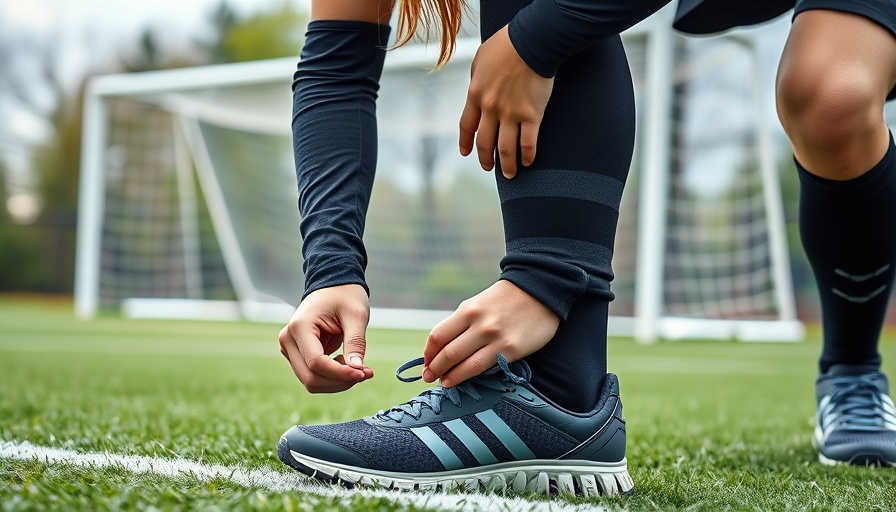
Understanding the Severity of Sports Injuries in Martial Arts
Participating in sports not only enhances physical fitness but also presents an ongoing risk of injuries, especially among students in higher education sports disciplines. A recent in-depth study examining sports injuries among university students reveals that the factors influencing injury severity are multifaceted. Insights from this study can significantly enrich martial arts training protocols, particularly for karate students and self-defense practitioners.
Key Factors Influencing Injury Severity
The study, involving over 1,190 university students from various disciplines in Sichuan Province, found several determinants that correlate with the severity of sports injuries. Critical factors include Body Mass Index (BMI), training duration and timing, as well as physiological health conditions. Understanding these elements is crucial for martial arts instructors and trainers focusing on injury mitigation strategies.
Impact of Body Mass Index on Injury Severity
According to the research, a heightened BMI—whether categorized as underweight or overweight—was associated with a higher risk of serious injuries (OR = 1.761, p = 0.001). This observation is particularly relevant for karate students where optimal body composition can enhance agility and decrease the likelihood of injuries. Incorporating preventative training drills that help students achieve and maintain a healthy BMI can lead to safer training environments.
Training Timing and Injury Risks
The study highlighted the increased injury risk associated with afternoon (OR = 1.499, p = 0.012) and evening (OR = 1.888, p = 0.003) practice sessions. Recognizing that fatigue levels tend to rise later in the day, karate instructors can adjust scheduling and conduct training earlier in the day when participants exhibit higher alertness and better performance. Training safety protocols should adapt to consider these findings, enhancing both performance and safety.
Essential Warm-Up Techniques to Reduce Injuries
One standout insight from the study is the strong correlation between inadequate warm-up activities and the probability of severe injuries (OR = 0.701, p = 0.015). It is vital for martial arts practitioners to incorporate rigorous warm-up routines designed to enhance flexibility and physiological readiness. Establishing a foundational warm-up practice can pave the way for more effective training sessions while significantly reducing injury risks.
Developing Injury Prevention Protocols
Given the study's findings regarding those with existing health concerns, instructors must emphasize the necessity of having medical evaluations before undertaking extensive martial arts training. In addition, adopting preventive body mechanics training and sports injury mitigation plans within curricula can fortify students' resilience and support injury avoidance in the long term.
Incorporating Mental Focus in Injury Prevention
A mental approach to injury prevention cannot be overlooked. The ability to maintain focus during training sessions fosters both physical and mental readiness, which is essential in high-stakes scenarios such as martial arts competitions. Encouraging practices such as mindfulness can enhance mental discipline and situational awareness, both of which are key to preventing injuries.
Conclusion: Safeguarding Student Health in Martial Arts
As highlighted in this research, understanding the determinants of sports injury severity is vital for martial arts instructors. By implementing strategic changes rooted in the study's findings—such as optimizing training schedules, refining warm-up protocols, and emphasizing mental focus—karate programs can significantly enhance student safety and well-being while fostering a productive training environment.
For those involved in martial arts training, maintaining a proactive approach to injury prevention ensures not only better performance but also the protection of students’ health and futures. Integrating these preventative training drills and exercise safety protocols can help students thrive in their martial arts journey.
 Add Row
Add Row  Add
Add 




Write A Comment